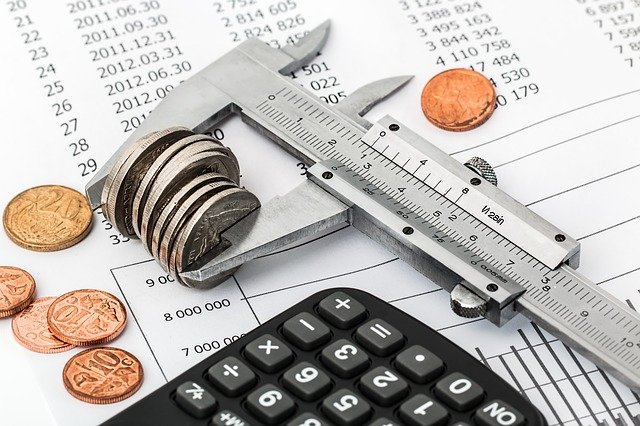How Do You Measure Procurement Savings?

Procurement savings are key as each company prepares their annual accounts that summarize its financial performance, and over time, comparing them is a measure of how well it is doing relative to previous years. There is a limited amount of detail in these accounts, and they are a top-level summary of the numbers that can be viewed externally.
Peter Drucker, a renowned management thinker, famously said ‘if you can’t measure, it you can’t improve it’.
This has become increasingly true for companies who strive for growth year after year. Whenever a company’s sales improve over time, it is compared to the sales forecast and the year before to show how the actual performance compares. It is then possible to break down these numbers further to gain insight into how best to improve performance in order to increase revenue and profit.
Another measurement that is becoming increasingly important is the financial success of procurement and purchasing to realize savings derived from a particular supplier or category. In the same way as sales, pipeline savings and actual realised savings can be further analyzed to obtain valuable insights.
The savings are calculated by understanding the baseline level of spend and taking into consideration both cost reductions and cost avoidances. The cost reduction of a product or service is the amount saved by buying it at a lower price. Cost avoidance is more complex and involves several elements, including a reduction in the number of purchases, a reduction in waste and consumption, and man-hour savings derived from using the product or service.
It is possible to justify investments in marketing, staff, and technology by measuring both sales revenues and procurement savings. To measure and track savings, companies can use a variety of methods, from spreadsheets to procurement savings lifecycle software.
A procurement savings tracking software allows companies to track and validate their commercial savings in one centralised dashboard, offering visibility throughout the procurement savings lifecycle. According to Deloitte’s CRP 2021 Survey, capturing results and measuring savings performance, viewing negotiated savings in real-time, and validating realized savings are becoming increasingly important for companies.
In addition to savings, there are other considerations, which are more difficult to assess, to determine the success of a procurement process. However, it is the most commonly used system because it is the easiest to set goals and track. According to the Deloitte CPO 2021 Survey, reducing costs is the top priority for 76.4% of CPOs, followed closely by improving operational efficiency. Cost reduction has been the number one priority for the past ten years.
Many companies, especially the larger ones, who have more resources, are able to do this either using their staff or using technology. oboloo is a Savings Management software solution that has been specifically designed for SMEs. It’s an intuitive and simple solution that also incorporates eSourcing, Contract and Supplier management to enable companies to be supplier smart. To learn more please visit www.oboloo.com

